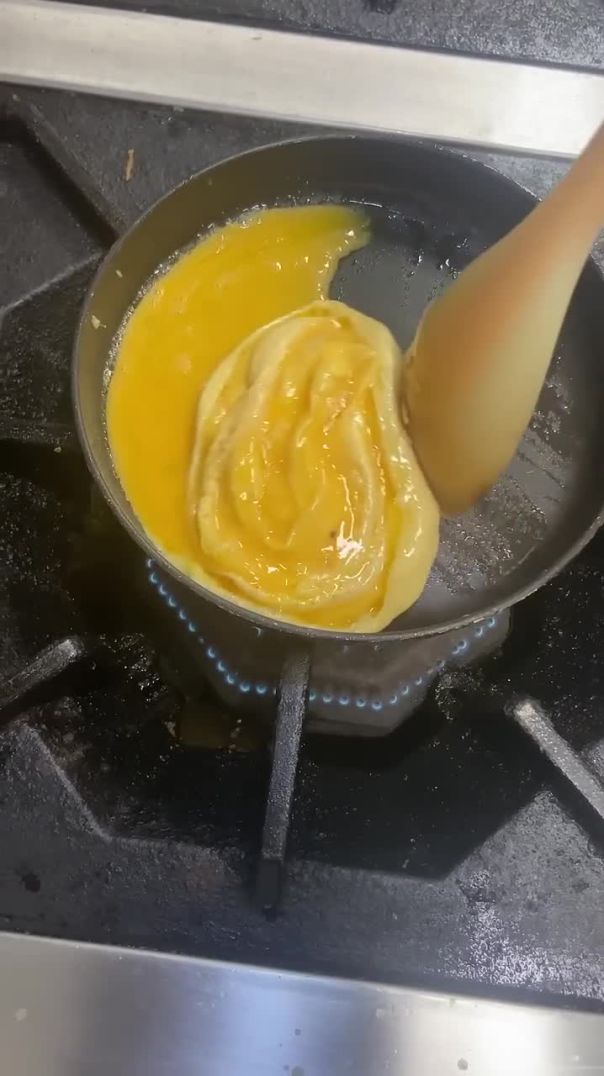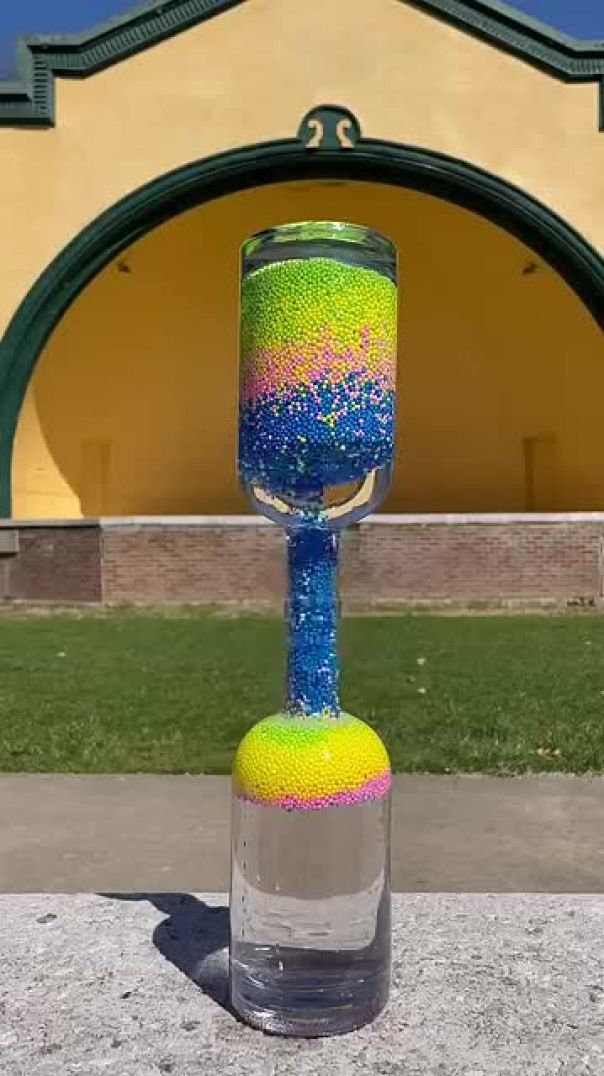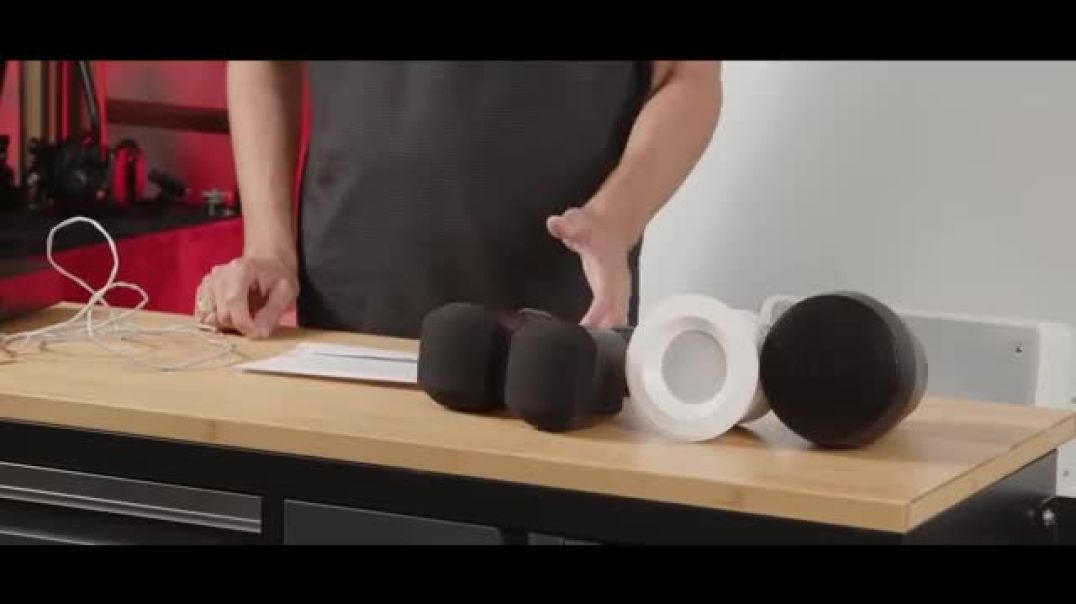10 Views· 06 October 2022
The Lymphatic System Overview, Animation
(USMLE topics) The circulatory and immune functions of the lymphatic system. Purchase PDF (script of this video + images) here: https://www.alilamedicalmedia.....com/-/galleries/pdf-
This video is available for instant download licensing here https://www.alilamedicalmedia.....com/-/galleries/all-
Voice by: Ashley Fleming
©Alila Medical Media. All rights reserved.
Support us on Patreon and get FREE downloads and other great rewards: patreon.com/AlilaMedicalMedia
All images/videos by Alila Medical Media are for information purposes ONLY and are NOT intended to replace professional medical advice, diagnosis or treatment. Always seek the advice of a qualified healthcare provider with any questions you may have regarding a medical condition.
In a nutshell, the lymphatic system is a drainage system that removes excess fluid from body tissues and returns it to the bloodstream. It is actually a subsystem of both the circulatory and immune system.
The major purpose of the circulatory system is to bring oxygen and nutrients to body tissues and remove wastes. This exchange happens in the smallest blood vessels called the capillaries. Blood plasma containing nutrients moves out of capillaries at the arterial end of capillary beds, while tissue fluid containing wastes reabsorbs back in at the venous end. However, not all of the fluid is drawn back to the bloodstream at this point. About 15% of it is left in the tissues and would cause swelling if accumulated. This is where the lymphatic system comes into play, it picks up the excess fluid and returns it to the circulatory system.
Unlike the blood circulatory system, which is a closed loop, the lymphatic system is a one-direction, open-ended network of vessels. Lymphatic vessels begin as lymphatic capillaries made of overlapping endothelial cells. The overlapping flaps function as a one-way valve. When fluid accumulates in the tissue, interstitial pressure increases pushing the flaps inward, opening the gaps between cells, allowing fluid to flow in. As pressure inside the capillary increases, the endothelial cells are pressed outward, closing the gaps, thus preventing backflow. Unlike blood capillaries, the gaps in lymphatic capillaries are so large that they allow bacteria, immune cells such as macrophages, and other large particles to enter. This makes the lymphatic system a useful way for large particles to reach the bloodstream. It is used, for example, for dietary fat absorption in the intestine.
Once inside lymphatic vessels, the recovered fluid is called lymph. Lymph flow is enabled by the same forces that facilitate blood flow in the veins. It goes from lymphatic capillaries to larger and larger lymphatic vessels and eventually drains into the bloodstream via the subclavian veins. On the way, it passes through a number of lymph nodes, which serve as filters, cleansing the fluid before it reaches the bloodstream.
Lymph nodes are small bean-shaped structures scattered throughout the lymphatic network. They are most prominent in the areas where the vessels converge. Lymph nodes contain macrophages and dendritic cells that directly “swallow up” any pathogens, such as bacteria or viruses, that may have been taken up from an infected tissue. They also contain lymphocytes: T-cells and B-cells, which are involved in adaptive immune response, a process that produces activated lymphocytes and antibodies specific to the invading pathogen. These are then carried by the lymph to the bloodstream to be distributed wherever they are needed.
The lymphatic system also includes lymphoid organs. Primary lymphoid organs – the thymus and bone marrow, are the sites of lymphocyte production, maturation and selection. Selection is the process in which lymphocytes learn to distinguish between self and non-self, so they can recognize and destroy pathogens without attacking the body’s own cells. Mature lymphocytes then leave the primary for the secondary lymphoid organs – the lymph nodes, spleen, and lymphoid nodules - where they encounter pathogens and become activated.



























0 Comments